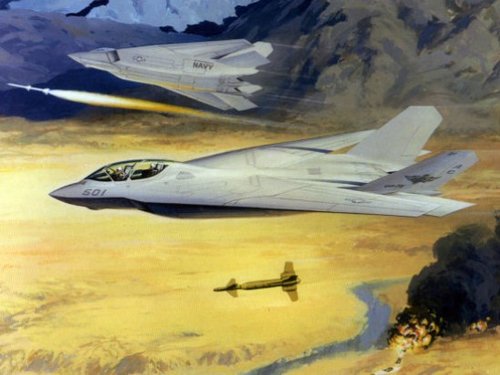That ackward moment when you realize the USN amphibs have reached such a huge size and tonnage (equalling the Charles de Gaulle or even beyond) the USN has the ultimate luxury of
a) turning the current amphibs into surrogate light carriers using the VSTOL variant of the F-35
b) even better, creating a brand new class of light carriers out of their hulls (*light* being all relative, in the sense of USS Gerald Ford 100 000 tons, 45000 tons is *light* - although it already matches or even dwarf Essex, Clems, Hermes, and very nearly Midways...)
Will this be the *revenge of the CVV* ? back then the USN could argue building them out of thin air was too expensive, plus they encroached on Midway or Forrestal areas.
Nowadays however, Nimitz and Ford have balooned to such tonnages, and amphibs, too... basically a reborn CVV could very nearly being build out of the present amphibs while remaining small enough not to *bother* the Nimitz and Fords in overall capability... and cost.
Makes one think.
More like 80,000-82,000 full load for Forrestals
81,000 - 84,000 for Kitty Hawks/JFK
95,000 for Enterprise (CVN-65)
100,000-104,000 for Nimitz class. About the same for Ford.
ALL are considered "supercarriers".
Full load displacement on commissioning, data for the first three carriers from various editions of Jane's Fighting Ships:
CV(A) 60 Saratoga, 1956, 75,000 tons
CV(A)N 65 Enterprise, 1961, 85,530 tons
CVN 68 Nimitz, 1975, 90,944 tons
They have put on weight since commissioning.
CVN 78 Gerald R. Ford, 2017, 97,000 tons (
https://www.navy.mil/navydata/fact_display.asp?cid=4200&tid=200&ct=4)




